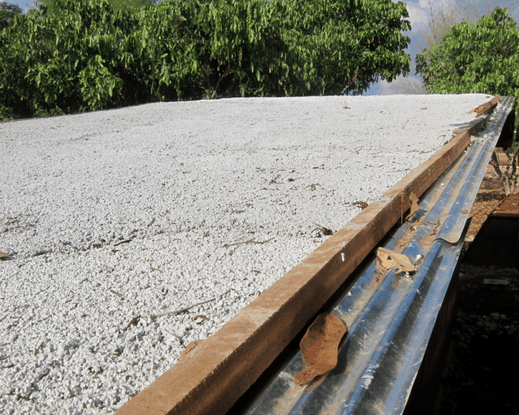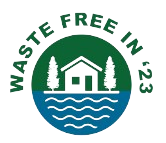Summary of the Article: Styrofoam Recycling – Warm Heart Worldwide

Turning Styrofoam Waste into Strong, Insulating Bricks
Styrofoam is everywhere—it comes in packaging, takeout containers, and protective inserts in electronics boxes. Unfortunately, it does not break down naturally, making it one of the biggest contributors to plastic waste.
Warm Heart Worldwide has developed a low-cost, replicable solution to recycle Styrofoam into insulating cement bricks and roofing materials. This process is simple, requires basic tools, and can create business opportunities while also reducing waste and environmental pollution.
Why Recycle Styrofoam?
Most recycling plants do not accept Styrofoam because it is bulky, expensive to process, and easily contaminated. This leads to massive amounts of Styrofoam waste filling landfills or polluting the environment. By turning it into building materials, we can:
✅ Reduce Plastic Waste – Instead of dumping Styrofoam in landfills, it can be reused for construction.
✅ Lower Energy Costs – Styrofoam bricks provide thermal insulation, keeping homes cooler in hot weather and reducing electricity use.
✅ Create Business Opportunities – Small-scale recyclers can sell Styrofoam bricks or roof tiles, making it a sustainable business.
How the Styrofoam Recycling Process Works
The process of turning Styrofoam into useful construction material follows four main steps:
1. Collecting the Styrofoam
- Styrofoam can be gathered before it is thrown away by asking appliance stores to save their packaging materials.
- It can also be collected after it is discarded by picking it up from streets, dumpsites, or trash bins.
- If the Styrofoam is dirty (like old food containers), it must be washed in soapy water and rinsed well.
2. Grinding the Styrofoam
- Large Styrofoam pieces must be broken down into small, soft particles called “fuzz.”
- A wire brush can be used to scrub Styrofoam into fine fuzz, but this process can be messy.
- A mechanical grinder (like a biochar grinder) makes grinding faster and more efficient.
3. Mixing Styrofoam with Cement
- After experimenting with different ratios, Warm Heart found the best mixture:
- 5 parts Styrofoam fuzz
- 1 part cement powder
- A small amount of water
- The 5:1 ratio creates bricks that are:
✅ Lightweight
✅ Strong enough for walls
✅ Excellent at insulating against heat and sound
4. Shaping and Drying the Bricks
Bricks can be made using:
- Wooden molds – These are cheap but slow, as only a few bricks can be made at a time.
- Brick-making machines – These increase production speed significantly. Four people using two machines can make 600-700 bricks a day.
Once shaped, bricks must dry in a sunny area for three days before they are strong enough to use.
Uses for Styrofoam Bricks and Cement
1️⃣ Building Insulated Walls – Bricks are lightweight, durable, and energy-efficient.
2️⃣ Creating Roof Insulation – A thin layer of Styrofoam cement reduces heat inside homes.
3️⃣ Soundproofing Walls – Bricks or cement layers can block noise pollution.
4️⃣ Exterior Wall Plaster – Styrofoam cement can be applied like regular plaster for extra insulation.
Fire Safety Concerns Addressed
Many people worry that Styrofoam bricks might be flammable and release toxic fumes if burned. However, Warm Heart’s tests show that:
- The bricks do not burn easily.
- They do not release dangerous gases quickly.
- They have been successfully used for insulating biochar kilns without melting or discoloring.
Economic and Environmental Impact
✅ Lower Construction Costs – Styrofoam cement is cheaper than regular bricks.
✅ Job Creation – Small businesses can earn money by producing and selling the bricks.
✅ Less Plastic Pollution – Keeps Styrofoam out of landfills and oceans.
✅ Energy Savings – Homes built with these bricks stay cooler, reducing air conditioning costs.
Final Thoughts
Recycling Styrofoam into construction materials is a simple, effective, and profitable solution to plastic waste. By using basic tools and locally available materials, small businesses and communities can turn waste into opportunity.
Citation & Further Reading
This summary is based on the article:
Warm Heart Worldwide. Styrofoam Recycling – Smart Business Idea. Read the full article here.
Let me know if you need any modifications!
Got questions?
